We mostly see our roof as one sturdy and stable system that covers our home. But roofs are made of many different parts that work together to keep us safe and protected.
Getting familiar with some of these parts will give you the knowledge needed to keep your roof in top condition and talk to your roofer much more confidently.
With that in mind, we’ve listed out the main components of a roof and explained their functions. Make sure to continue reading and finally get a better understanding of your roofing system!
Shingles
Roof shingles are individual elements that cover the entire surface of the roof. They are usually laid in lines from the bottom of the roof to its peak (ridge). Shingles can be made from various materials, such as asphalt, slate, ceramics, or metal, and they come in many different shapes, sizes, and colors. The most commonly installed roof shingles in the U.S. are asphalt shingles.
Ridge
A ridge is the highest point on the roof where two opposing roof planes meet. It extends over the entire length of the roof and is connected to the roof trusses and rafters, forming with them the roof frame. It also contains vents that keep the entire roof and attic adequately ventilated and in top shape.
Valley
A valley is also a point where two roof surfaces or slopes meet, but it is located at the bottom, forming a sort of a dip. It’s also the point where the water and debris from the roof trickle down and continue into the gutters. Because of this water collection function, valleys are particularly vulnerable to water damage and leaks and need to be adequately protected with flashing.
Flashing
A roof flashing is a flat, thin metal strip that roofers install on valleys, around chimneys, vents, skylights, and all other protruding and vulnerable parts of the roof. It is usually made out of aluminum, copper, or steel and its main function is to direct water away and prevent it from seeping under the shingles, inside the roof, and into your home.
Eave
An eave is the lowest point of any roof, located farthest away from the ridge. To put it simply, it is the very edge of the roof that overhangs the external walls of your home and the starting point of shingle installation. The gutter system is also installed right below the eaves as this is where rainwater drips off of the roof.
Soffit
The soffit is the part where the roof meets the siding, or in other words, the part that stretches between the roof eaves and the siding. Its primary function is to conceal the roofing joists and rafters and protect them from the elements, moisture, and rotting. Additionally, it helps to insulate your home.
Gutters and Downspouts
A gutter is a long duct, most commonly made from aluminum or vinyl, whose main purpose is to drain water away from your roof. Gutters are installed at the very edge of your roof, under the eaves, and they’re connected to the downspouts that are installed vertically, from the roof down to the ground. This gutter and downspout system is crucial in preventing leaks and water damages to both the inside and outside of your home.
Get Your Free Roof Inspection
If you want your roof to function smoothly and provide optimal protection, all of its components need to be in top shape. And the best way to ensure that is by letting reliable roofing professionals take care of it.
At Lucent Energy Management, we reach into every nook and cranny of your roof to keep it in the best possible condition. We perform detailed and free roof inspections, so don’t hesitate to get in touch with us today and schedule yours!










